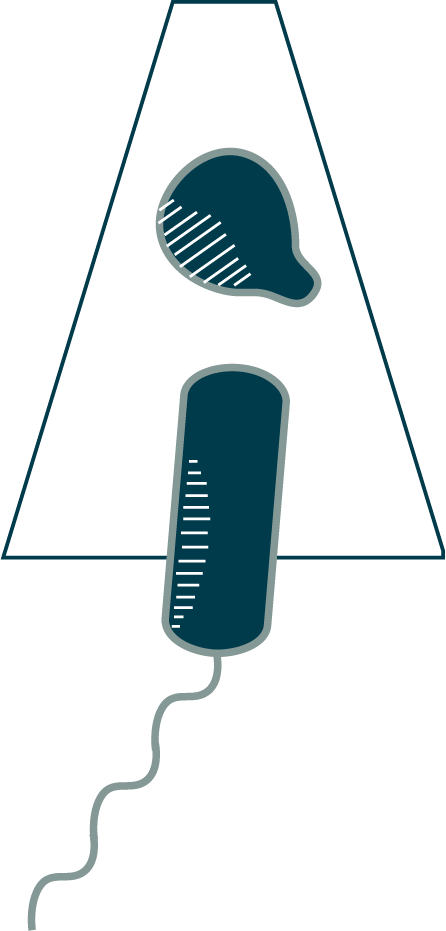

When conditions become conducive to growth, the spore will return to an active state, shedding its protein coat and outer membrane and dismantling its cortex to allow outgrowth of the reviving cell, as you see in this germinating Bacillus subtilis spore.
The ready transition between a monoderm cell with a thick cell wall and a diderm spore with a thin septal wall may provide a hint to the origin of diderm bacterial cells. Perhaps spores, released prematurely from their mothers before their septum had thickened into a full cortex, kept growing and dividing with both membranes and a thin cell wall. Over many generations, evolution could then tinker with the second membrane, specializing it into the modern bacterial outer membrane.